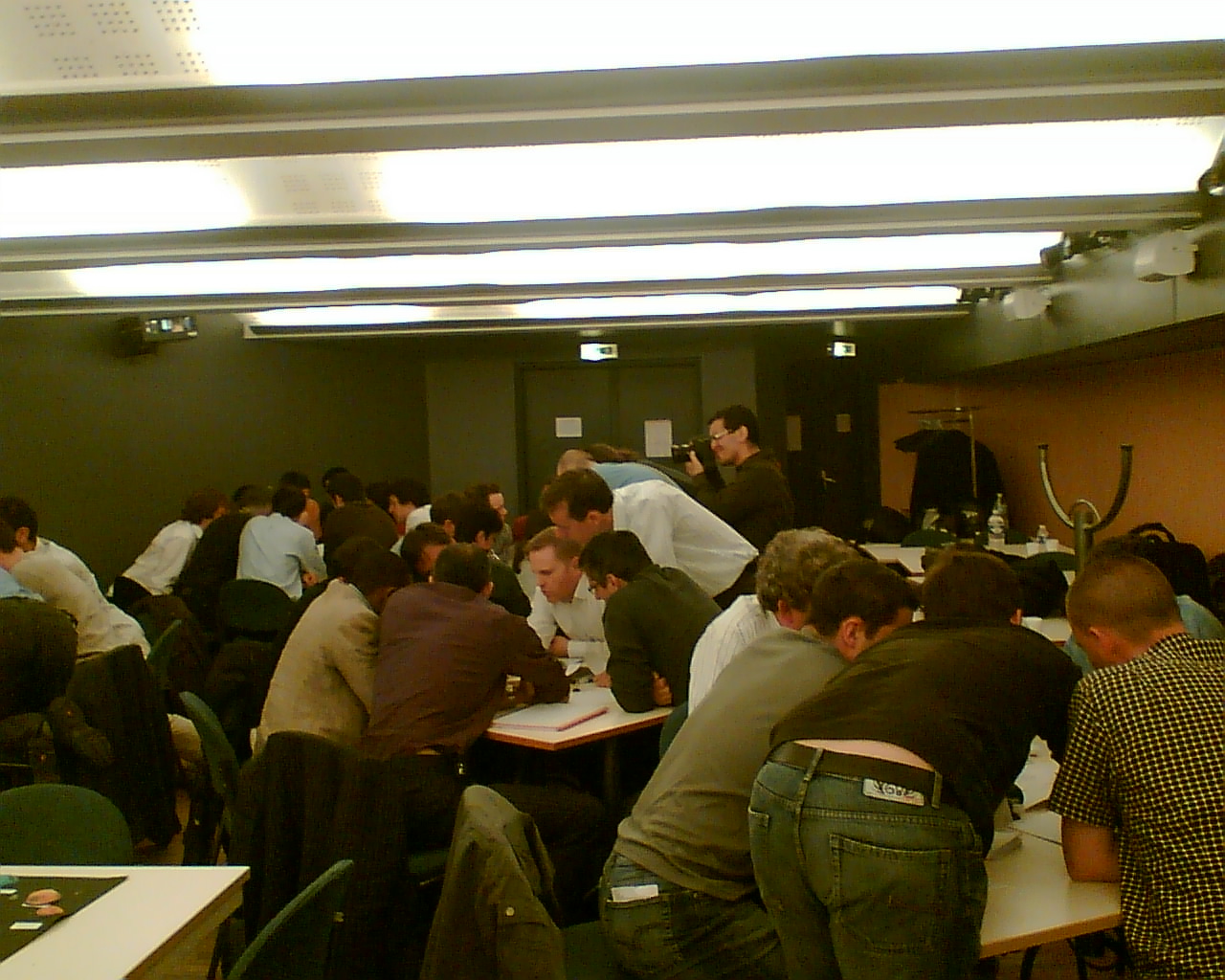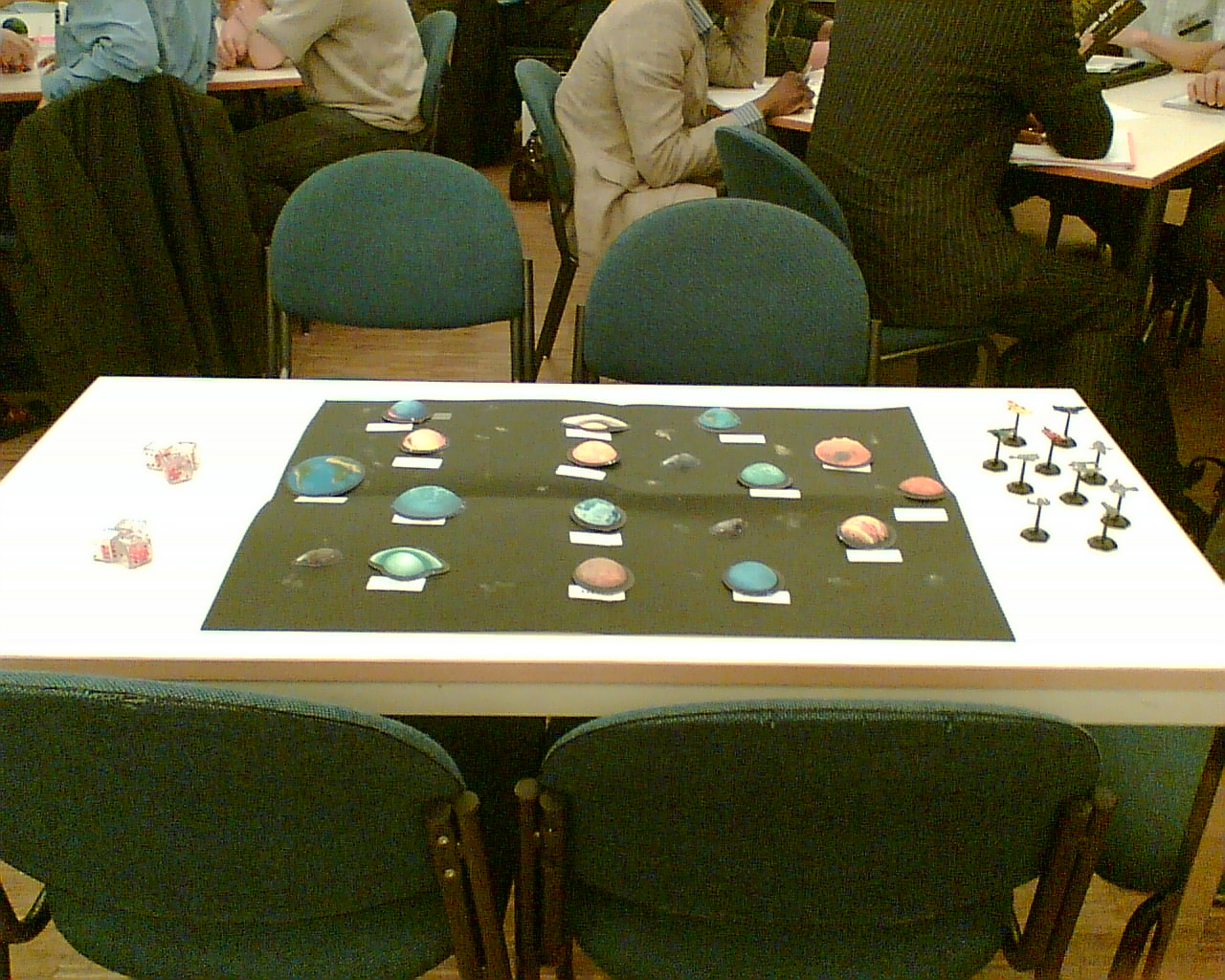Real Options?
This Friday, Portia and I will present the “Real Options Space Game” at XP Days London. This strategy board game set in space allows players to experiment with Real Options concepts.
Real Options is a tool to optimize decisions: it helps us to consider and manage more possibilities and gives us more time to gather information, so that our decisions are better informed. The basic ideas are taken from financial options, but have been widened to be applicable to real-world management decisions.
There are several types of Real Options. Let’s see if the option metaphor is a useful one. How can we apply Real Options in the real world?
The option to delay a project
In this paper, Aswath Damodaran compares a Net Present Value (NPV) analysis with a Real Options analysis to decide which projects to fund when. Projects with a negative NPV now, might still become valuable later. That’s because the Real Options analysis takes into account the value of getting more information and therefore reducing risk and uncertainty.
We always have the Learning Option. We can always gather more information.
In the article, the delay is examined in a situation where the organisation has (or can buy) a way to get a hold on the market, like with a patent. We can create an option to delay a project even in a competitive market: if we have a shorter cycle time than our competitors we can afford to wait longer to start our projects. This gives us more time to gather market information. In a very volatile market, it can be more valuable to wait, to increase the odds of building the right product at the right time.
For example, if Toyota’s new product development time is 6 months shorter than a competitor, Toyota can afford to start development 6 months later. That’s 6 months in which to gather more information, six months in which they could see major swings in customer demand or in the market. That’s six months in which people can work on other projects.
So, if you decrease your cycle time you create options to
- Increase your cash flow
- Be first on the market
- Delay the project, take the go/no go decision later, when we have more information
By using Lean and Agile methods to decrease cycle time, we create real options. Starting later may be the right thing to do.
There are more fun real options, like the option to abandon a project. What could be the value of abandoning a project?





